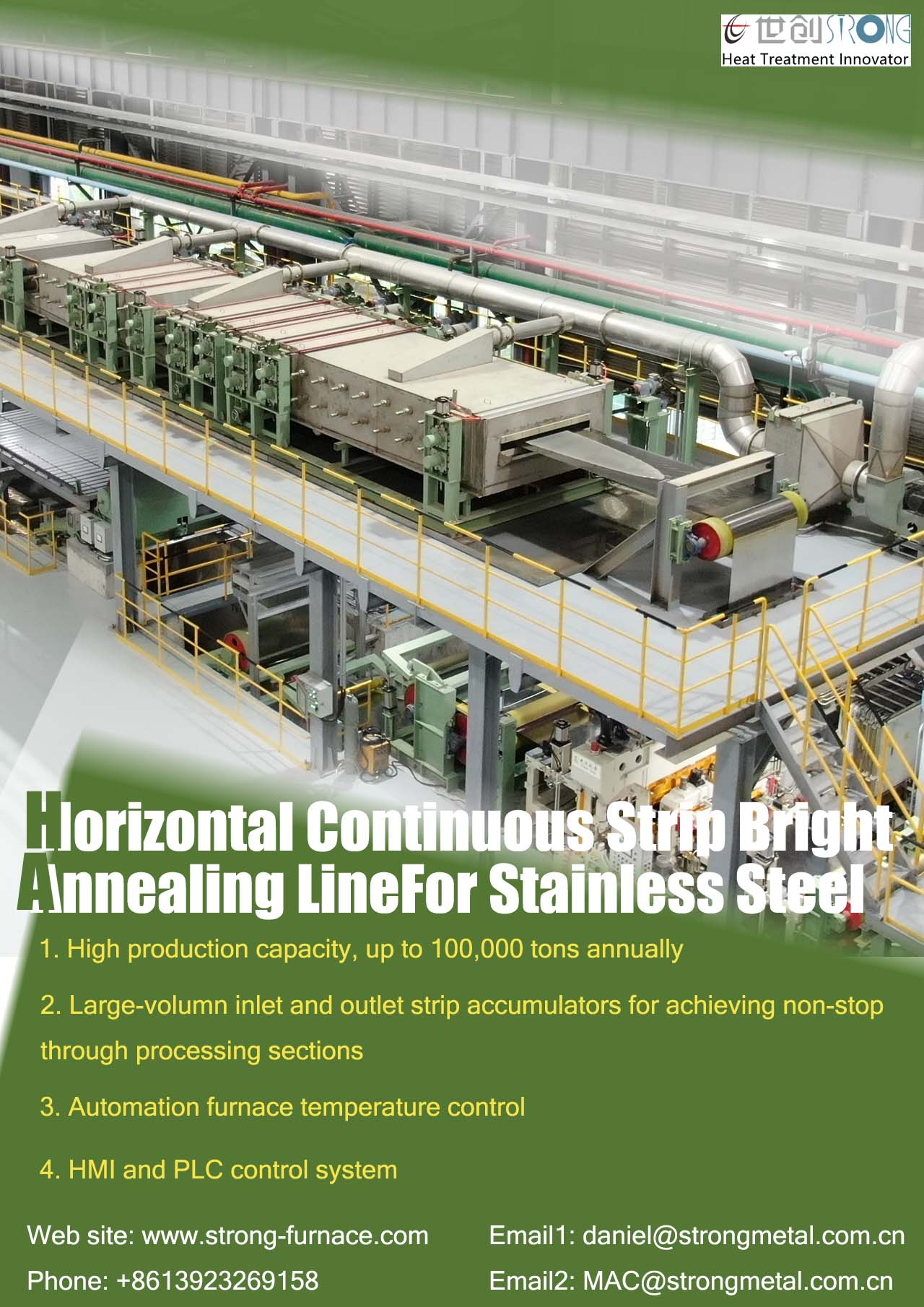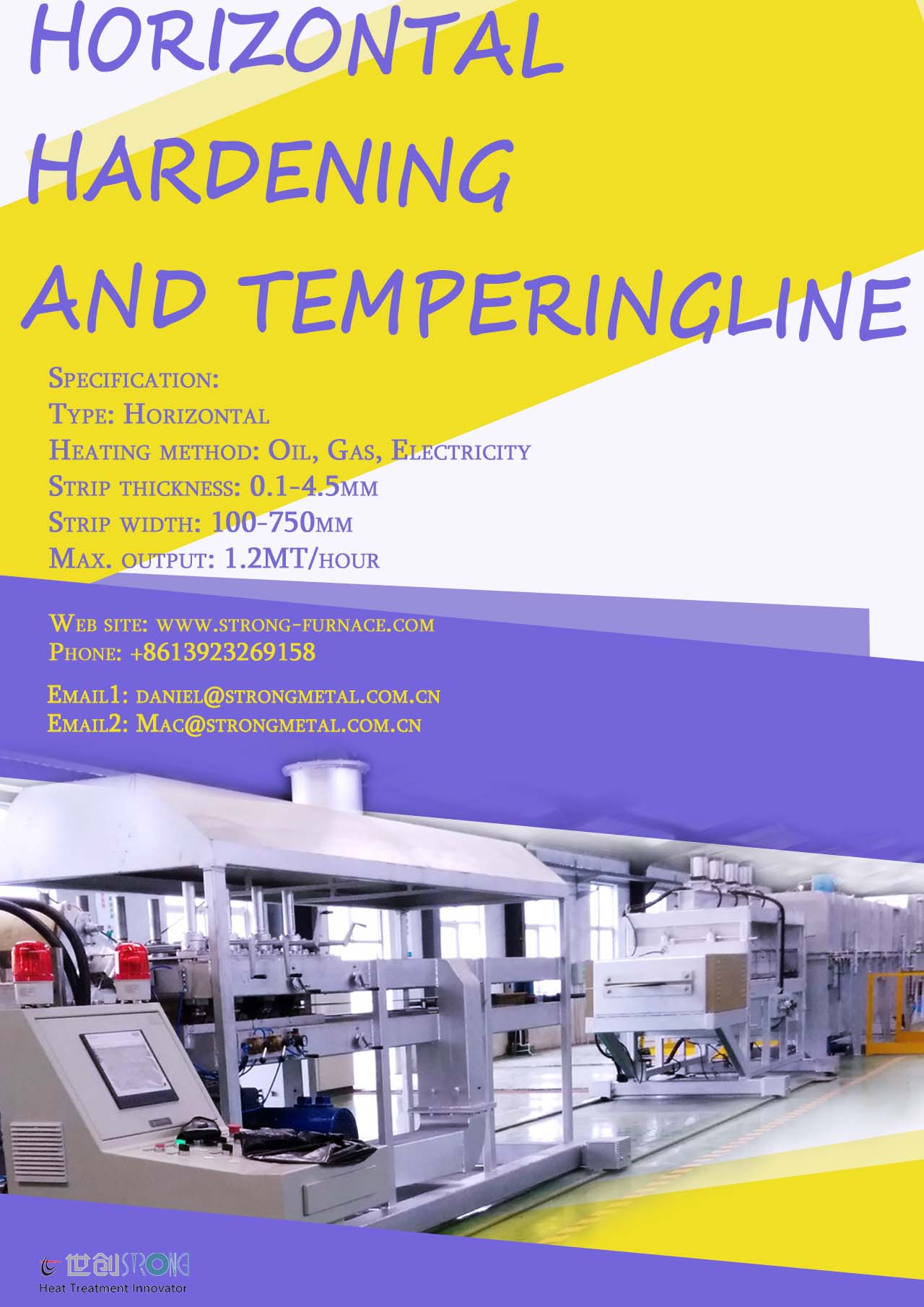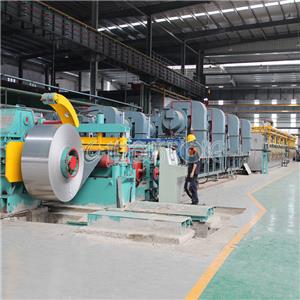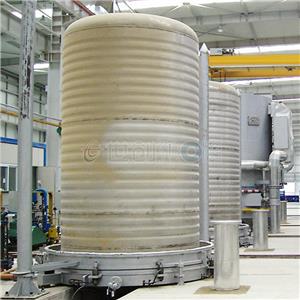Tempering furnace working principle
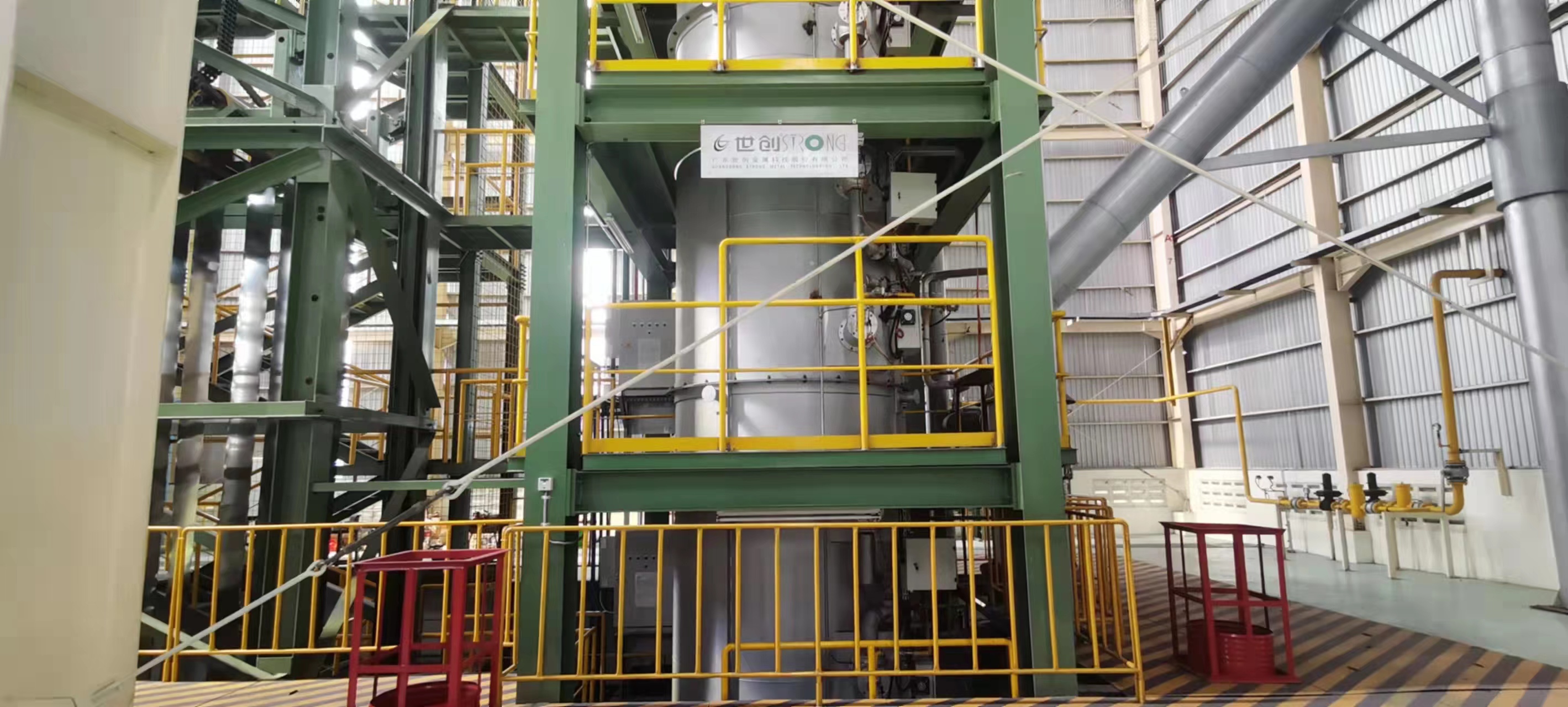 Hello,mori is here to answer these questions.
Hello,mori is here to answer these questions.
Tempering furnace working principle, many people do not know, now let's take a look!
1. Tempering is a metal heat treatment process in which the quenched workpiece is reheated to the appropriate temperature below the lower critical temperature Ac1 (the beginning temperature of the transition of pearlite to austenite when heated) and cooled in air or water, oil and other media after a period of time.
2, or the quenched alloy workpiece heated to the appropriate temperature, hold for a number of time, and then slow or rapid cooling.
3, generally used to reduce or eliminate the internal stress in hardened steel, or reduce its hardness and strength, to improve its ductility or toughness.
4, the workpiece after quenching should be tempered in time, through the combination of quenching and tempering, you can obtain the required mechanical properties.
5, expanded data: tempering factors The effect of tempering treatment is determined by tempering temperature, time, cooling rate and other factors.
6, with the increase of tempering temperature, the strength and hardness of the material are reduced, but the ductility of the material is increased.
7, because the tempering temperature is lower than the critical point of phase change, the strength of the material will not be related to the cooling rate.
8, however, due to the reason of tempering embrittlement, if the material after 375~575℃ cooling rate is too slow, easy to embrittlement phenomenon.
9, if tempering near 300℃, there is also a phenomenon of embrittlement, which is caused by the adverse precipitation of plate carbide, which must be paid attention to when doing tempering treatment.
10, due to the poor diffusion ability of alloying elements (atoms), the filling of alloying elements also slows down the tempering softening rate.
11, reference source: Baidu Encyclopedia - Tempering treatment Tempering is a method of heat treatment, divided into low temperature tempering and high temperature tempering.
12, low temperature tempering (including medium temperature) temperature below A c (727), the structure of the steel does not change fundamentally to eliminate the stress after quenching and improve the toughness of the workpiece.
13, high temperature tempering temperature above Ac, the organization will be changed to improve the overall performance of the material, such as tempered steel after quenching high temperature tempering.
14, Chinese name: tempering English name: Tempering definition: The quenched steel, after AC1 heating, heat preservation after cooling down the heat treatment process.
15. Applied discipline: Electric power (first-level discipline); Thermal automation, Power plant Chemistry and Metals (secondary discipline) Heat treatment process to heat quenched steel below AC1 and cool it down after holding.
What is the difference between quenching, tempering, normalizing and annealing? That was a long day. This article to share the end, I hope to help you.
Daily introduction——Hardening And Tempering Line
A hardening and tempering line is a piece of industrial equipment that is used to heat treat steel in a continuous process. The line typically consists of the following components:
An austenite furnace, which heats the steel to a high temperature (typically above 1,500 degrees Fahrenheit) to convert it into austenite, a face-centered cubic (FCC) form of iron.
A quenching tank, which rapidly cools the steel to austenite's transformation temperature, causing it to transform into martensite, a body-centered cubic (BCC) form of iron that is very hard and brittle.
An air cooling leveller, which helps to equalize the temperature of the steel after quenching.
An ironing furnace, which further heats the steel to a lower temperature (typically below 1,000 degrees Fahrenheit) to reduce its internal stresses and improve its toughness.
A tempering furnace, which finally heats the steel to a yet lower temperature (typically between 300 and 600 degrees Fahrenheit) to further soften it and improve its ductility.
The hardening and tempering line is typically driven by a conveyor system that moves the steel through the line at a controlled speed. The entire process can take as little as a few minutes, depending on the thickness of the steel and the desired properties.
Hardening and tempering lines are used to produce a wide variety of steel products, including gears, shafts, springs, and cutting tools. The lines are typically found in steel mills and other industrial facilities that manufacture steel products.
Here are some of the advantages of using a hardening and tempering line:
It is a continuous process, which can save time and energy.
It can produce high-quality steel products with consistent properties.
It is a versatile process that can be used to produce a wide variety of steel products.
Here are some of the disadvantages of using a hardening and tempering line:
The equipment is expensive.
The process requires highly skilled operators.
The process can produce harmful emissions.
Overall, hardening and tempering lines are a valuable tool for the production of high-quality steel products. The lines are versatile, efficient, and can produce consistent results. However, the equipment is expensive and the process requires skilled operators.
